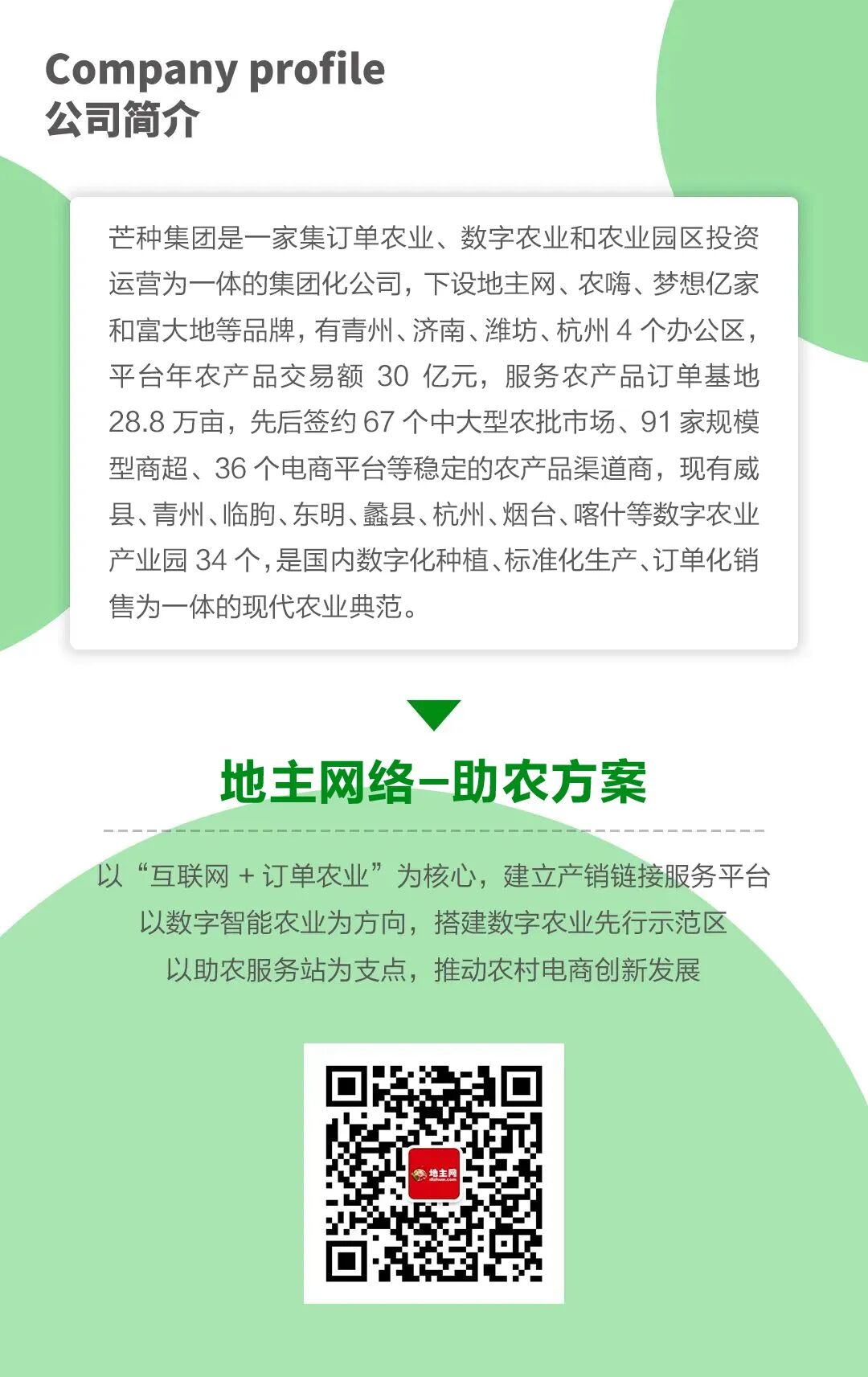
In the development of modern agriculture, the power of technology is reshaping traditional farming like never before. Today, Mangzhong Group invites you to explore the fields and meet an unassuming yet crucial player—the IoT sensor. Although it may seem inconspicuous, it plays a vital role in ensuring the healthy growth of crops.
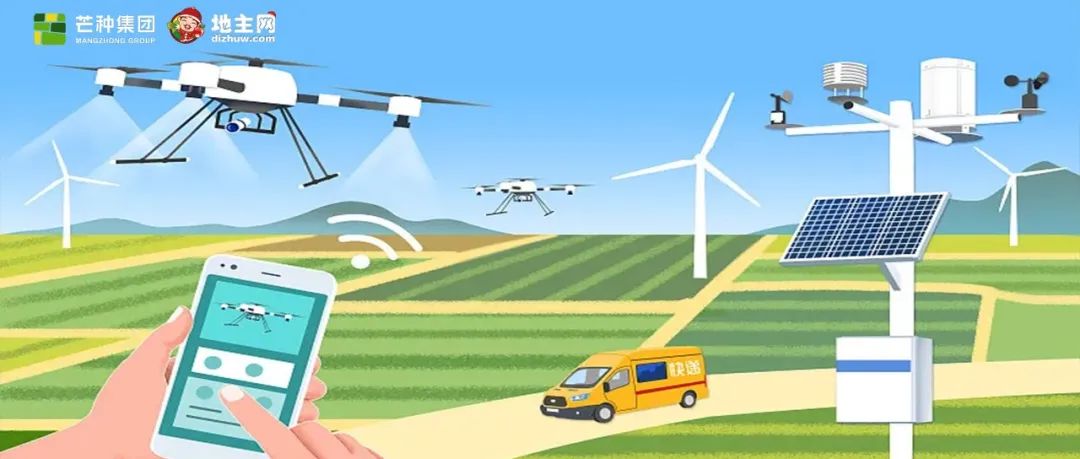
1. Sensing: Capturing Comprehensive Field Information
Imagine a vast agricultural field dotted with numerous small yet powerful IoT sensors. These sensors act like sensitive antennae, constantly sensing every change in the field.
The soil moisture sensor is a key player, penetrating the soil to accurately measure its water content. Just as we can sense the humidity of our surroundings through our skin, the soil moisture sensor can provide real-time feedback on soil moisture levels to the system. Once the soil moisture drops below the optimal level for crop growth, it quickly sends out an “alarm” to remind us to irrigate in a timely manner.
The temperature sensor acts like a vigilant guardian, constantly monitoring temperature changes. Whether in the scorching summer or the biting winter, it accurately records the temperature of the field. Crops are highly sensitive to temperature changes, and each growth stage has an optimal temperature range. The data from the temperature sensor helps us determine whether the current temperature is conducive to crop growth, allowing us to take appropriate measures, such as setting up shade nets or laying plastic film.
The light sensor also plays a crucial role, responsible for monitoring light intensity and duration. Light is a key factor for crops to perform photosynthesis; adequate light allows crops to thrive and synthesize more organic matter. Through the light sensor, we can understand whether crops are receiving sufficient light, enabling us to adjust planting density and select suitable varieties to ensure that each crop can fully enjoy the nourishment of sunlight.
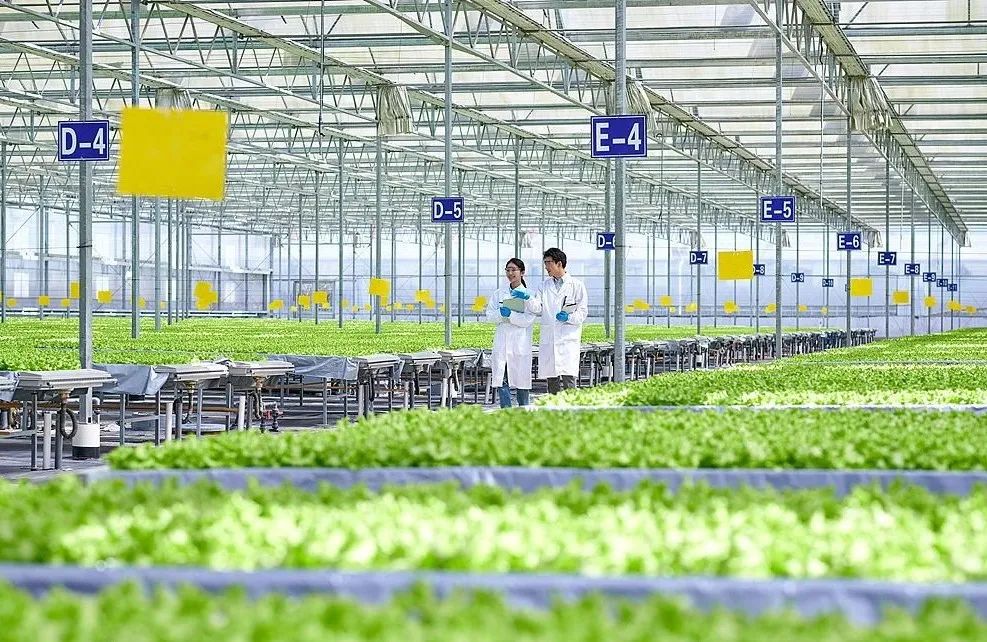
2. Transmission: Making Data ‘Run’
The data collected by these IoT sensors does not remain stagnant. They utilize wireless transmission technology, akin to invisible highways, to quickly and accurately transmit data to the cloud or local data processing centers. Whether in remote mountainous areas or vast large-scale farms, as long as there is network coverage, data can be transmitted smoothly.
In Mangzhong Group’s smart agriculture system, we employ advanced Low Power Wide Area Network (LPWAN) technology to ensure the stability and reliability of sensor data during long-distance transmission. This technology not only allows data to be transmitted over greater distances but also effectively reduces sensor energy consumption, extending their lifespan and saving costs for farmers.
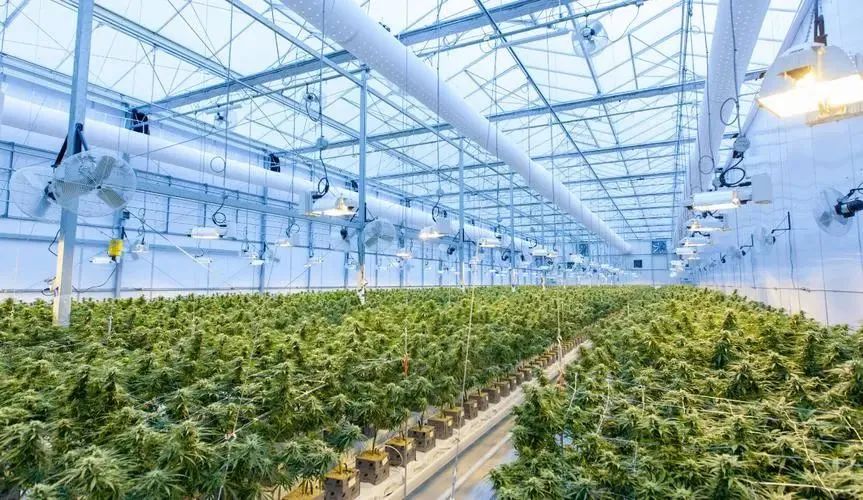
3. Analysis and Decision-Making: Making Field Management Smarter
When a large amount of sensor data converges at the data processing center, the digital agriculture brain developed by Mangzhong Group begins to function. It acts like an experienced agricultural expert, deeply analyzing and processing this data.
The digital agriculture brain utilizes advanced technologies such as big data analysis and artificial intelligence, combined with crop growth models and historical data, to provide precise decision-making suggestions for field management. For example, based on soil moisture, temperature, and light data, it can calculate the optimal irrigation water amount, fertilization timing, and types needed for crops at their current growth stage. Additionally, it can predict pest and disease trends, issuing early warnings to help farmers take preventive measures and reduce losses.
With the collaboration of IoT sensors and the digital agriculture brain, farmers no longer need to rely on experience for blind field management. They can check real-time data and management suggestions for their fields anytime and anywhere through mobile phones, computers, and other devices, achieving remote precision management. For instance, while traveling, farmers can easily monitor field conditions through Mangzhong Group’s Nonghai software, promptly adjusting irrigation and fertilization operations to keep the fields in optimal condition.
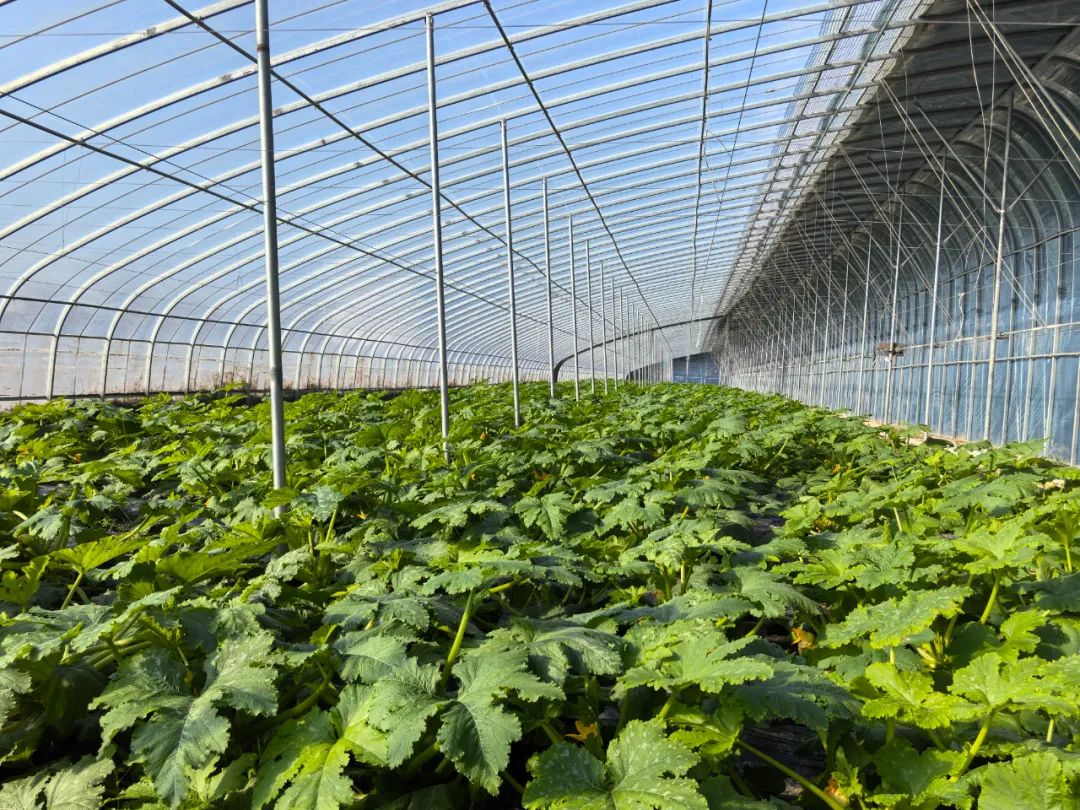
4. Results: Enhancing Agricultural Quality and Efficiency
The IoT sensors, as the ‘invisible stewards’ in the fields, have brought significant results to agriculture.
In terms of water resource utilization, through precise soil moisture monitoring and the coordination of intelligent irrigation systems, on-demand irrigation has been achieved, greatly reducing water waste. Statistics show that fields using IoT sensors can save 30% – 50% of irrigation water, which is highly significant in today’s context of increasingly scarce water resources.
Regarding crop yield and quality, since crops are always in the most suitable growth environment, pest and disease occurrences are effectively controlled, leading to a substantial increase in yield and improved quality. For example, some fields partnered with Mangzhong Group have seen an average yield increase of 20% – 30% after introducing IoT sensors, significantly enhancing the market competitiveness of agricultural products.
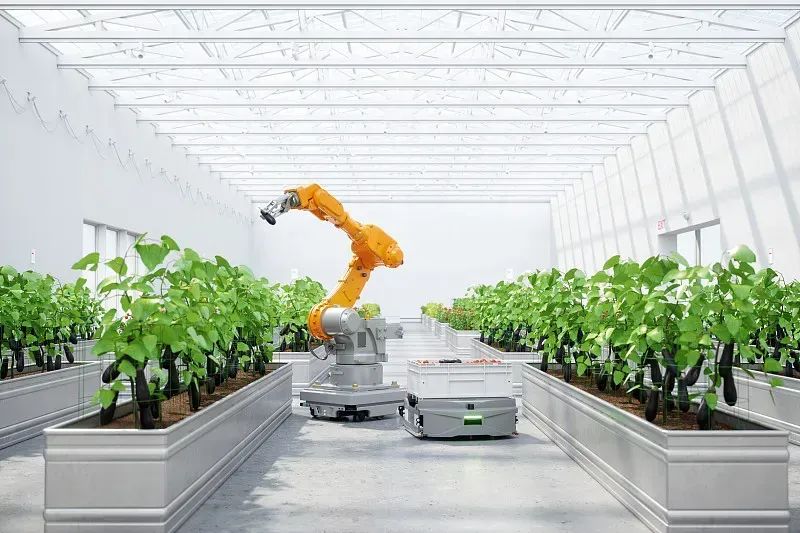
IoT sensors are quietly transforming traditional agricultural production models with their unique working methods. They make field management more intelligent and precise, injecting strong momentum into the sustainable development of agriculture. In the future, Mangzhong Group will continue to deepen its efforts in the field of smart agriculture, continuously improving the application of IoT sensors and other technologies in agriculture, and working hand in hand with farmers to create a new chapter in agricultural development.
END
